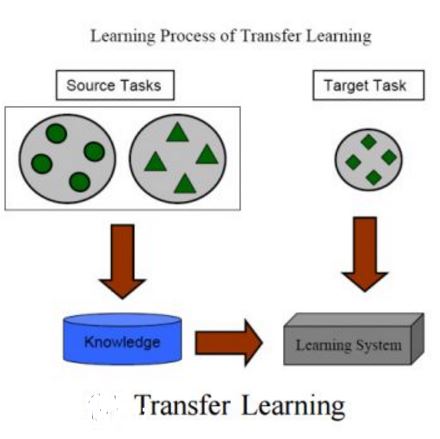Due to its probabilistic nature, fault prognostics is a prime example of a use case for deep learning utilizing big data. However, the low availability of such data sets combined with the high effort of fitting, parameterizing and evaluating complex learning algorithms to the heterogenous and dynamic settings typical for industrial applications oftentimes prevents the practical application of this approach. Automatic adaptation to new or dynamically changing fault prognostics scenarios can be achieved using transfer learning or continual learning methods. In this paper, a first survey of such approaches is carried out, aiming at establishing best practices for future research in this field. It is shown that the field is lacking common benchmarks to robustly compare results and facilitate scientific progress. Therefore, the data sets utilized in these publications are surveyed as well in order to identify suitable candidates for such benchmark scenarios.
翻译:由于其概率性,错误预测是利用海量数据进行深层学习的一个典型实例,然而,由于这类数据集的可用性低,加上大量努力将复杂的学习算法与工业应用中常见的异质和动态环境相匹配、参数化和评价,往往无法实际应用这一方法。利用转移学习或持续学习方法,可以自动适应新的或动态变化的错误预测假设情景。本文对此类方法进行了首次调查,目的是为该领域的未来研究确立最佳做法。事实表明,该领域缺乏共同基准,无法对成果进行有力的比较,也难以促进科学进步。因此,对这些出版物中使用的数据集进行了调查,以便确定此类基准情景的合适人选。




